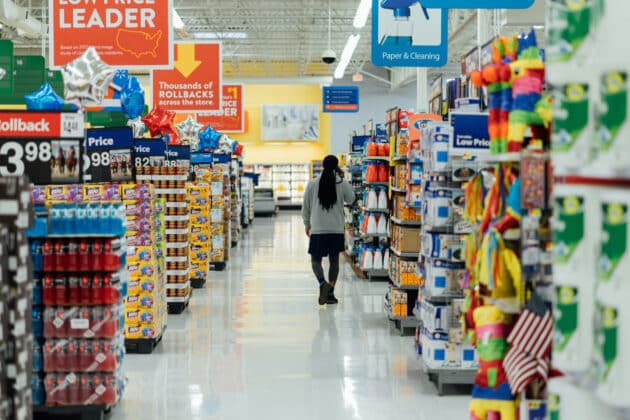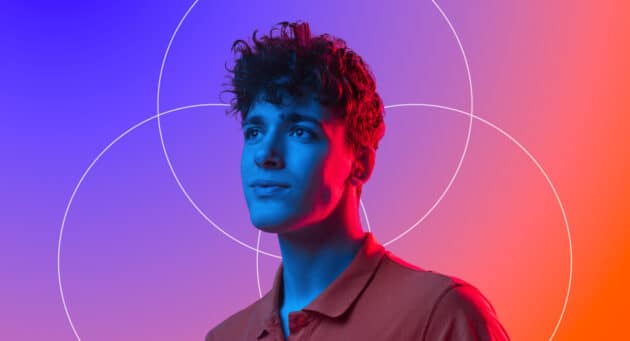Imagine setting foot into a department store. You’re a member of their rewards program, and you carry their app on your smartphone. Using geo-location beacons, an on-the-floor sales associate is notified of your arrival, automatically receiving your name and shopping history on a tablet. He approaches you. “Welcome, John! Just to let you know, you only need two more rewards points until you receive your next 50% off coupon. Please let me know if you need any help.”
Charming or creepy? It’s hard to say. But as retailers work harder and harder to streamline their presence from screen to screen (tablet to mobile to desktop, even to smart TV) and from store to screen, the shopping experience is evolving, blurring the barrier between the digital and the physical world. For consumers, the benefits of an effective omnichannel experience can be summed up in four ways:
1. More connected: Merging online and offline.
A great omnichannel strategy is far from a bipolar bombardment from multiple channels. It’s coordinated and continuous.
Ideally, customers will feel recognized, at-home and welcome, no matter how they interact with a retailer. Consumers want their preferences remembered and catered to, and they expect the same treatment on each channel. They want to be able to shop on the mobile app while waiting for the water to boil to make pasta, and then pick up after dinner on the desktop right where they left off.
2. Easy: Cutting stress and saving time.
The future of stores without checkout lines isn’t far off. Imagine a paradise where you gather your items, and then, via app, your account is instantly charged as you walk out the door. No more trying to determine which checkout line is faster — the one with a sole customer stocking up for the latest snow-pocalypse with a cartful of goods, or the one with three shoppers touting a sparse handful of items (one of which will inevitably require a lengthy “price check”).
3 and 4. Fun and Social.
Neiman Marcus uses a fun “Magic Mirror” technology, allowing shoppers to compare outfits they’ve tried on side-by-side. They can get a full 360-degree view of themselves in the attire, or share it to social media to get input from friends and family. Mom may think the satin number is a bit too casual, while sis might vote for the vintage, off-the-shoulder find. Whether the advice is heeded or not, it’s there for the taking — the omnichannel experience makes sure of that.
Receiving positive feedback on items in real time can build enthusiasm around a purchase, and even an entire brand. Casual shoppers can become unintentional brand evangelists, sharing and spreading the word as they crowdsource opinions on their buys. Indeed, this kind of social media engagement can even inspire a purchase where before, you may have been on the fence about those electric blue sneakers.
Incorporating new technologies into stores can make the shopping experience more enjoyable, and ultimately, more satisfying for everyone. Customers end up with something they can feel certain about, while retailers get more consumers off the tablet and through the door.
Want more? Check out our interactive eBook, The Smart Marketer’s Guide to Omnichannel.





















